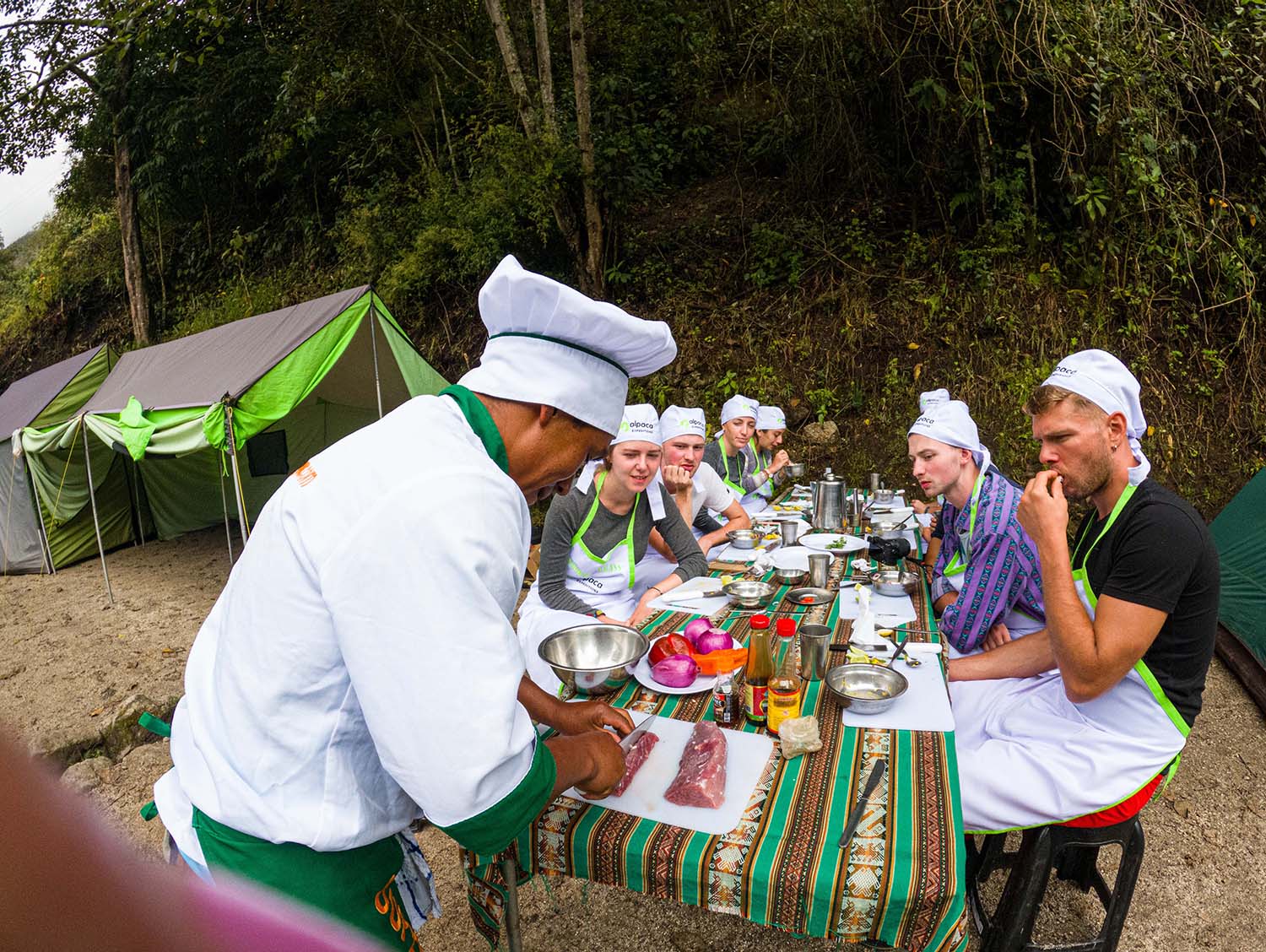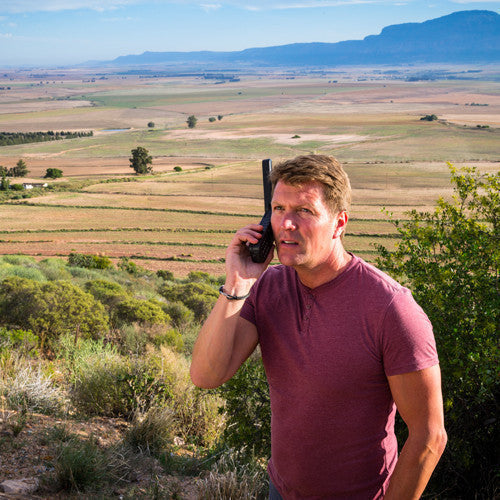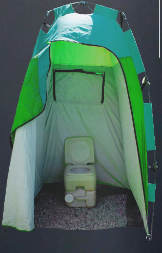Understanding the Layout of Machu Picchu: A Guide to Its Main Structures
Layout of Machu Picchu:
Machu Picchu is an ancient Incan city located high in the Andes Mountains of Peru. It was built over 500 years ago and is now one of the most famous archaeological sites in the world. The Layout of Machu Picchu is really interesting & needs to be studied.
The city was hidden for centuries until it was rediscovered in 1911 by an explorer named Hiram Bingham. Today, millions of people visit Machu Picchu every year to see its amazing stone buildings, beautiful mountain views, and mysterious history.
Machu Picchu is special because it shows the incredible engineering and culture of the Inca Empire. The city is divided into two main areas: the agricultural sector, with terraces for farming, and the urban sector, where people lived and worshipped.
The site also has important places like the Temple of the Sun and the Intihuatana Stone, which were used for astronomy and spiritual ceremonies.To truly understand the history and beauty of Machu Picchu, it’s best to explore it with an expert guide. Alpaca Expeditions, the #1 tour operator in Peru, offers guided tours that bring the ancient city to life. Their local guides share stories, explain the layout of the site, and help visitors experience the magic of Machu Picchu in a fun and meaningful way.
The Main Sectors of Machu Picchu
Machu Picchu is divided into two main areas: the Agricultural Sector and the Urban Sector. Let’s explore what makes these parts of the ancient Incan city so special!
A. The Agricultural Sector
The Agricultural Sector of Machu Picchu is easy to recognize. It’s made up of large terraces, which are long steps cut into the mountainside. These terraces had two important jobs.
First, they were used for farming. The Incas grew crops like maize and potatoes here. Even though Machu Picchu is high in the mountains, the terraces allowed the Incas to create flat land for planting. The soil was brought from other areas, showing how skilled the Incas were at farming in difficult places.
Second, the terraces helped with erosion control. Since Machu Picchu is built on a steep mountain, rain could easily wash the soil away. But the terraces acted like walls, stopping the rain from ruining the land. They also helped water flow down slowly, giving the plants time to drink it up.
When you visit with us, their guides explain how these terraces were designed with layers of stone, sand, and soil. This clever engineering kept Machu Picchu safe for hundreds of years. Standing on the terraces, you’ll not only enjoy the breathtaking views but also understand the brilliance of Incan agriculture.
B. The Urban Sector
The Urban Sector is where the Incas lived, worked, and held ceremonies. This part of Machu Picchu includes the main plazas, temples, and homes.
One of the most important places here is the Royal Tomb. This was a sacred space where Incan rulers may have been buried. The tomb has beautiful carvings and a mysterious altar.
Next is the Temple of the Sun, a circular building with windows that align perfectly with the sun during the solstices. The Incas used this temple to honor Inti, the Sun God.
Nearby is the Guardhouse, a small building on a hill. From here, you get a clear view of the entire city. It’s easy to imagine the Incas watching over Machu Picchu, protecting their sacred land.
We offer guided tours through these areas, helping visitors understand the cultural and spiritual meaning of each structure. Their knowledgeable guides share fascinating stories, bringing Machu Picchu’s history to life.
Sacred Structures of Machu Picchu
Machu Picchu is not just a beautiful place — it is full of history and mystery. The Incas built this city with great care, and many parts of it were used for religious ceremonies and to understand the stars. Let’s explore three of the most important sacred structures of Machu Picchu!
A. Temple of the Sun
The Temple of the Sun is one of the most famous and important places in Machu Picchu trips. The Incas used this temple to study the sun and celebrate the solstice, which happens twice a year when the sun is directly above the Earth’s equator.
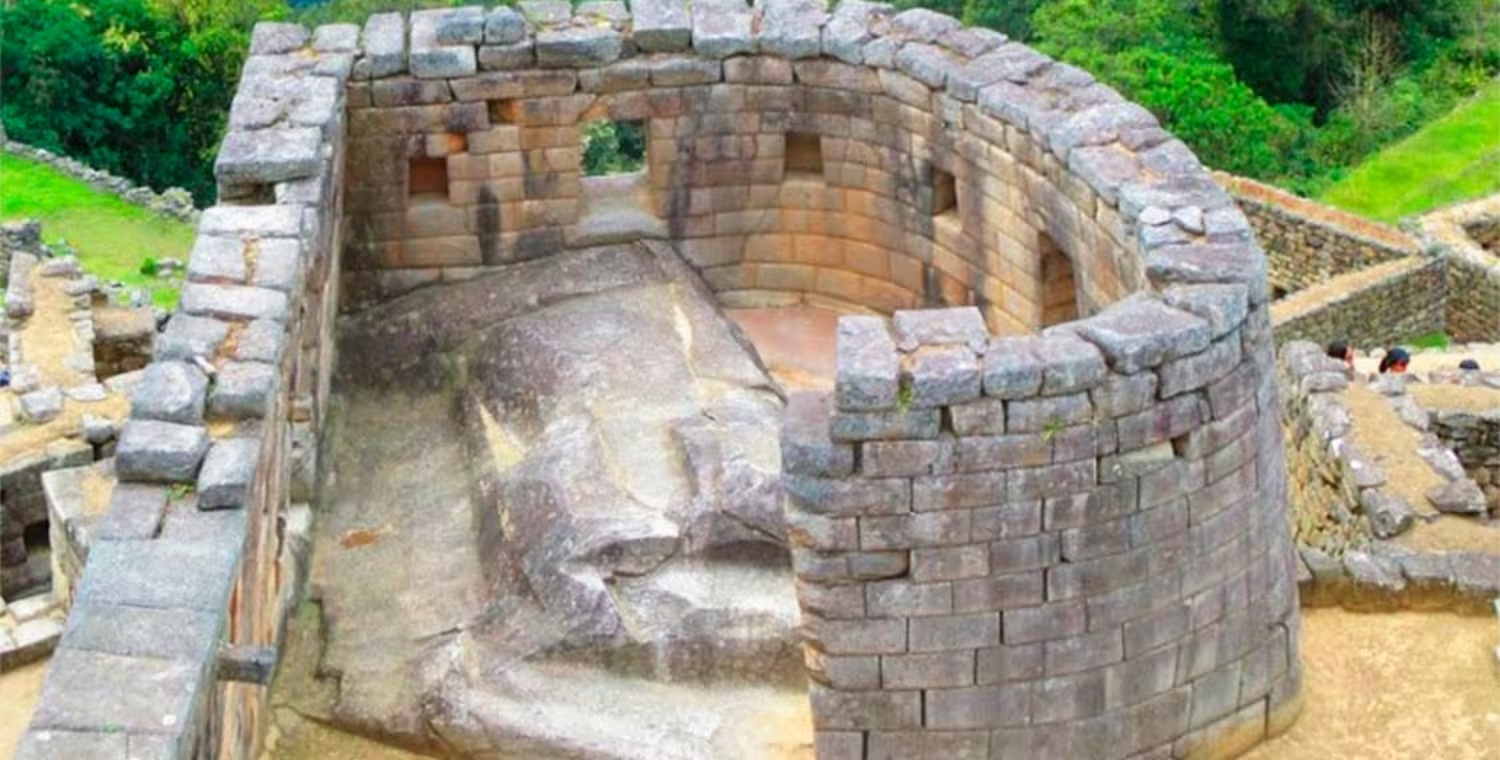
The temple is built in a semi-circular shape with large stones that fit perfectly together, without any cement. During the June solstice, the sunlight shines directly through the temple’s window and hits a special stone inside.
This showed the Incas when to plant and harvest their crops. The people also honored Inti, the Incan Sun God, at the temple, believing he gave life to everything.
When you visit with us, their expert guides explain how the Incas understood the movements of the sun and stars better than most people today!
B. Intihuatana Stone
The Intihuatana Stone is one of the most mysterious and magical objects in Machu Picchu. The name “Intihuatana” means “Hitching Post of the Sun” in the Quechua language.

People used this stone as a type of calendar. On certain days of the year, the sun would cast a special shadow on the stone, helping the Incas know when to plant their crops. Some people believe that if you touch the stone, you can feel its special energy.
Our guides often tell stories about how the Incas believed the stone connected them to the spiritual world. Standing near the Intihuatana, with the beautiful Andes Mountains around you, it’s easy to understand why the Incas thought this place was magical.
C. The Temple of the Three Windows
The Temple of the Three Windows is another amazing place in Machu Picchu. This temple has three large windows that face the mountains. The number three was very important to the Incas, representing their view of the world:
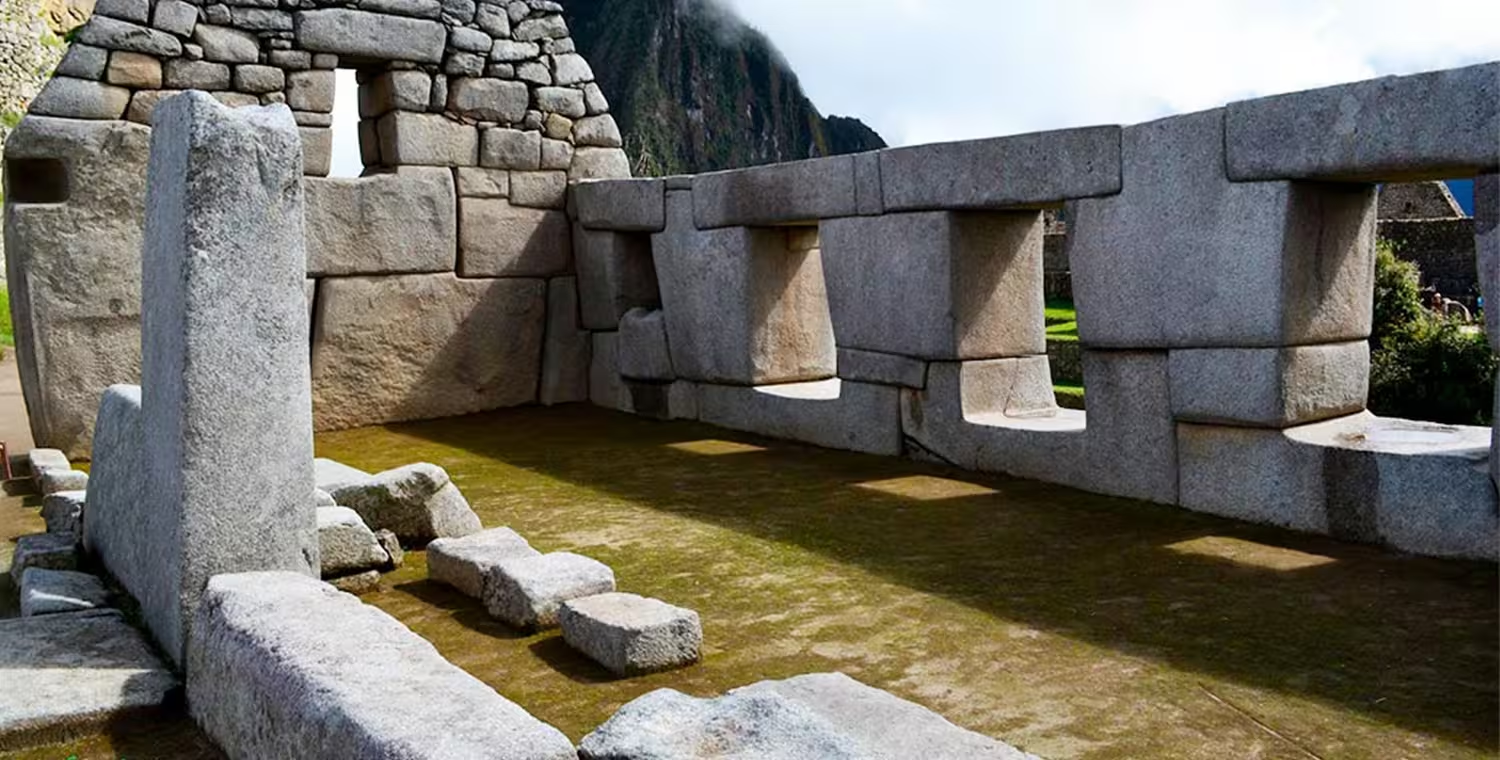
- The upper world (where the gods lived).
- The world of the living (where humans and animals lived).
- The underworld (where spirits went after death).
From this temple, you can see a stunning view of the Sacred Valley, a place that was very important for Incan agriculture and religion. The three windows also let the early morning sunlight into the temple, creating a beautiful and peaceful atmosphere.
When you visit with us, their local guides explain these symbols and help you imagine what life was like in Machu Picchu hundreds of years ago.
The Residential and Industrial Zones of Machu Picchu
When you walk through Machu Picchu, you will see more than just temples and beautiful mountains. The ancient Incan city was also a place where people lived and worked every day. The residential and industrial zones of Machu Picchu tell the story of how the Incas built a strong and organized society. Let’s explore these two important areas!
The Residential Zone: Homes for Nobles and Commoners
The residential zone of Machu Picchu was where people lived. The Incas divided their society into two groups — nobles and commoners.
- Noble Houses: The nobles were the leaders, priests, and important people in Incan society. They lived in larger, finely-built stone houses with smooth walls and amazing views of the Sacred Valley. These houses were often near the main temples, showing their high status.
- Commoner Houses: The common people, such as farmers and artisans, lived in smaller, simpler homes made from rougher stone. Workers built these houses close together, forming small neighborhoods. Even though their homes were simpler, they were warm and strong, designed to withstand the rainy weather of the Andes mountains.
The residential zone shows that the Incas believed in a balanced society where everyone had their place.
The Industrial Zone: Food and Textile Production
The industrial zone of Machu Picchu was where people worked to create food, clothes, and tools.
- Farming: The famous agricultural terraces were part of this zone. These terraces allowed the Incas to grow crops like potatoes, maize, and quinoa, even on steep mountain slopes.
- Textile Production: The Incas were expert weavers. In the industrial zone, people made beautiful textiles from alpaca and llama wool. People used textiles for clothing, ceremonies, and trade.
- Storage Houses: The Incas built special stone structures called “qolqas” to store food for times of drought or war.
This smart planning helped Machu Picchu thrive for many years.
A Journey Through Time with Alpaca Expeditions
When you visit Machu Picchu with us, you don’t just see old stones — you experience how the Incas lived. Their expert guides share fascinating stories about the people who walked these streets, worked in these fields, and built this amazing city. You’ll feel connected to the past in a way that’s both educational and unforgettable.
Huayna Picchu and Machu Picchu Mountain
Huayna Picchu and Machu Picchu Mountain are two famous peaks that offer amazing views of Machu Picchu. But they are different in many ways!
Huayna Picchu is the steep mountain you see in most photos of Machu Picchu. The hike is short but very steep and narrow, with sharp turns and stone steps. It takes about 2 hours to go up and down. At the top, you get a breathtaking view of the ruins below. This hike is perfect for adventure lovers!
Machu Picchu Mountain, on the other hand, is a longer and less steep hike. It takes about 3-4 hours round trip. The path is wider and safer, making it great for families or people who want a slower, more relaxing climb. The view from the top is amazing — you can see Machu Picchu and the surrounding mountains.
We offer guided hikes to both peaks. Their experienced guides ensure your safety and share interesting stories about the Inca history and the natural beauty of the area. Hiking with them makes the adventure fun, safe, and unforgettable!
Why Choose Alpaca Expeditions for Your Machu Picchu Tour
When visiting Machu Picchu, choosing the right tour company can make your trip amazing. Alpaca Expeditions is the best choice for many reasons!
First, they have experienced, local guides who know the history and culture of the Inca Empire. They share interesting stories and facts, making the ruins come alive. You won’t just see Machu Picchu — you’ll understand its importance.
Second, Alpaca Expeditions offers personalized itineraries. This means you can visit both popular places, like the Temple of the Sun, and quieter, hidden spots. They make sure your experience is unique and special.
Third, the company believes in sustainable tourism. They support local communities, hire Peruvian staff, and help protect Incan heritage. When you travel with Alpaca Expeditions, you’re helping the local people and the environment.
Finally, Alpaca Expeditions is known for its excellent service. They are the #1 tour operator for Machu Picchu and the Sacred Valley, with thousands of positive reviews.
Conclusion
Machu Picchu is more than just an ancient city — it’s a masterpiece of Incan architecture and culture. From the beautiful agricultural terraces to the sacred Temple of the Sun and the mysterious Intihuatana Stone, every part of Machu Picchu tells a story.
Walking through its main structures feels like stepping back in time, surrounded by stunning mountains and rich history.
To truly understand and appreciate this amazing place, having a knowledgeable guide makes all the difference. Alpaca Expeditions offers expert-guided tours that bring these stories to life.
Their local guides know the hidden meanings behind each structure, the history of the Inca civilization, and the best spots for breathtaking views.
By choosing Alpaca Expeditions, you also support responsible tourism that helps preserve this World Heritage site and supports local communities.
So, why wait? Experience the wonder of Machu Picchu trips with Alpaca Expeditions — book your unforgettable journey today! Let the magic of the Inca Trail and Machu Picchu create memories that will stay with you forever.
Alpaca Expeditions Recognitions
ISO (International Organization for Standardization)
In the pursuit to stand out from the rest, Alpaca Expeditions has obtained four ISOs plus our carbon footprint certificate to date. These achievements result from our efforts to implement the internationally-recognized integrated management system. They also represent our commitment to all of our clients and staff of operating sustainability and responsibility in every way possible.

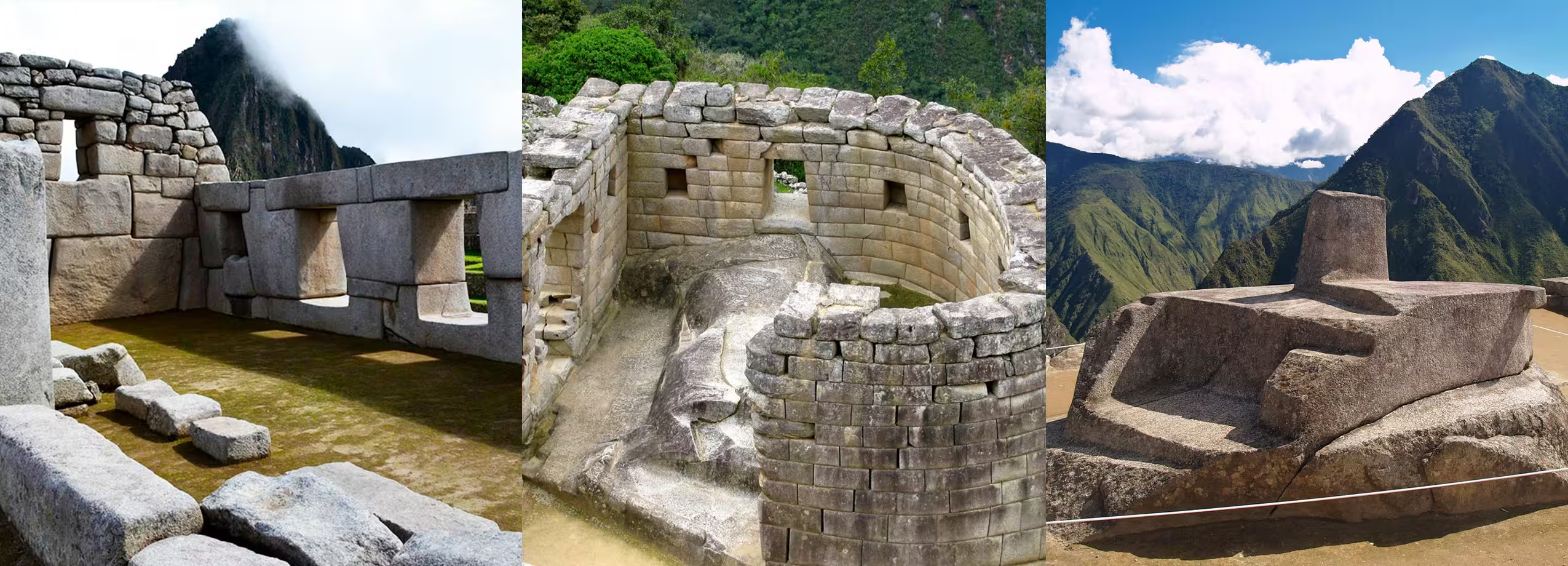
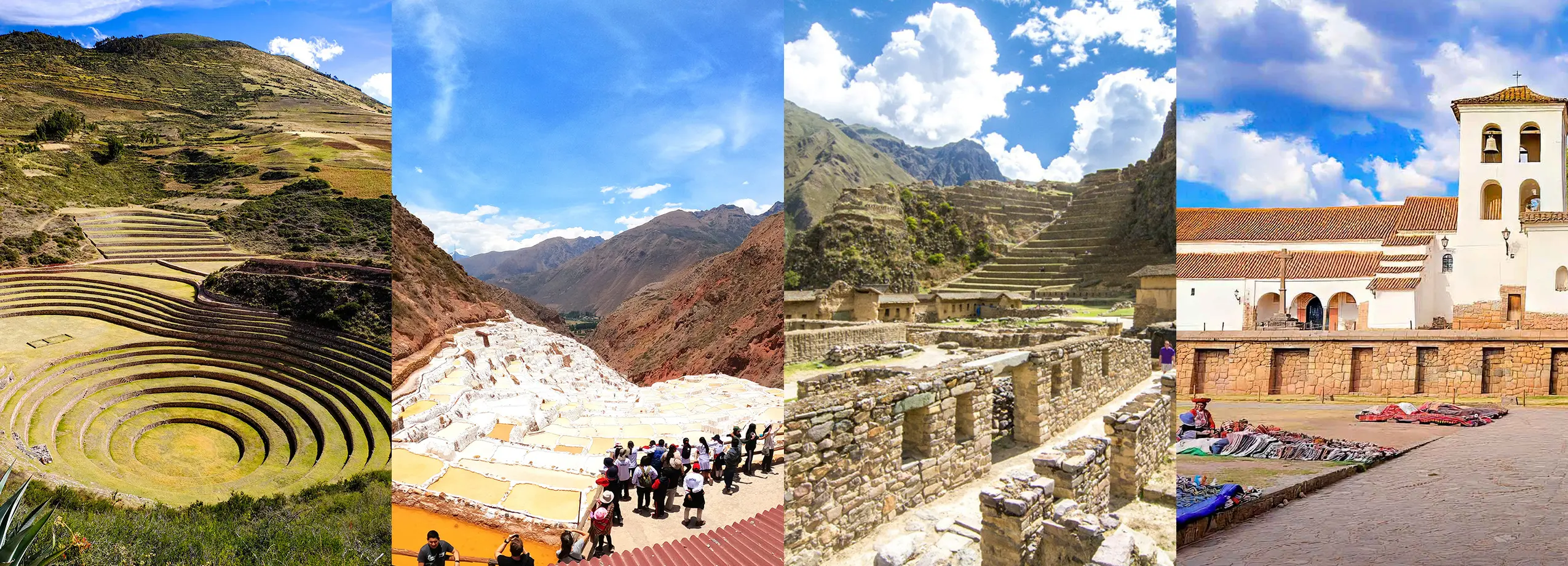
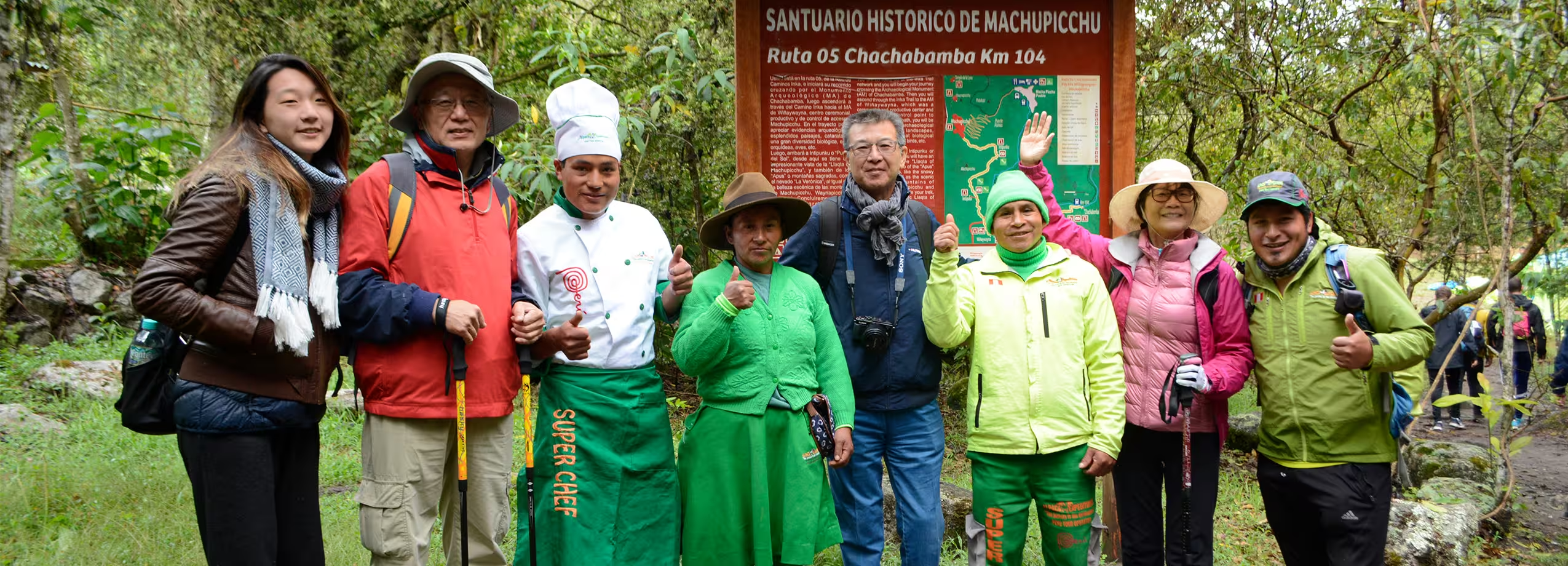
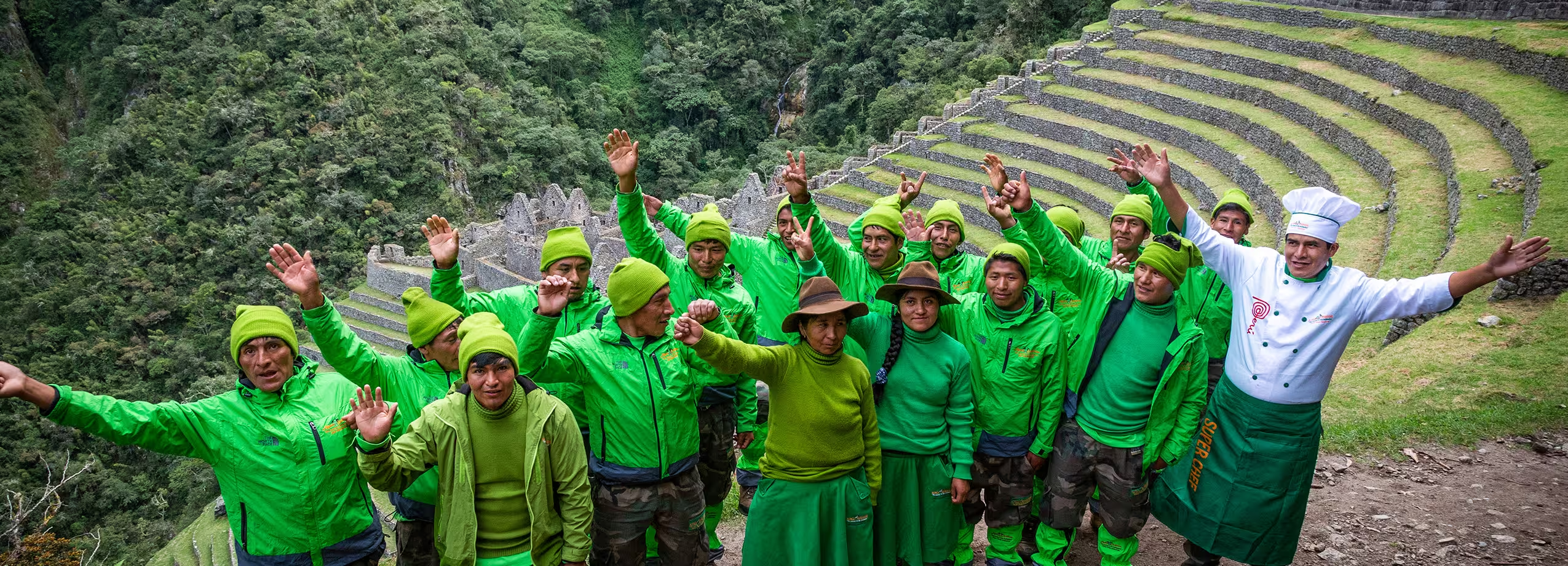
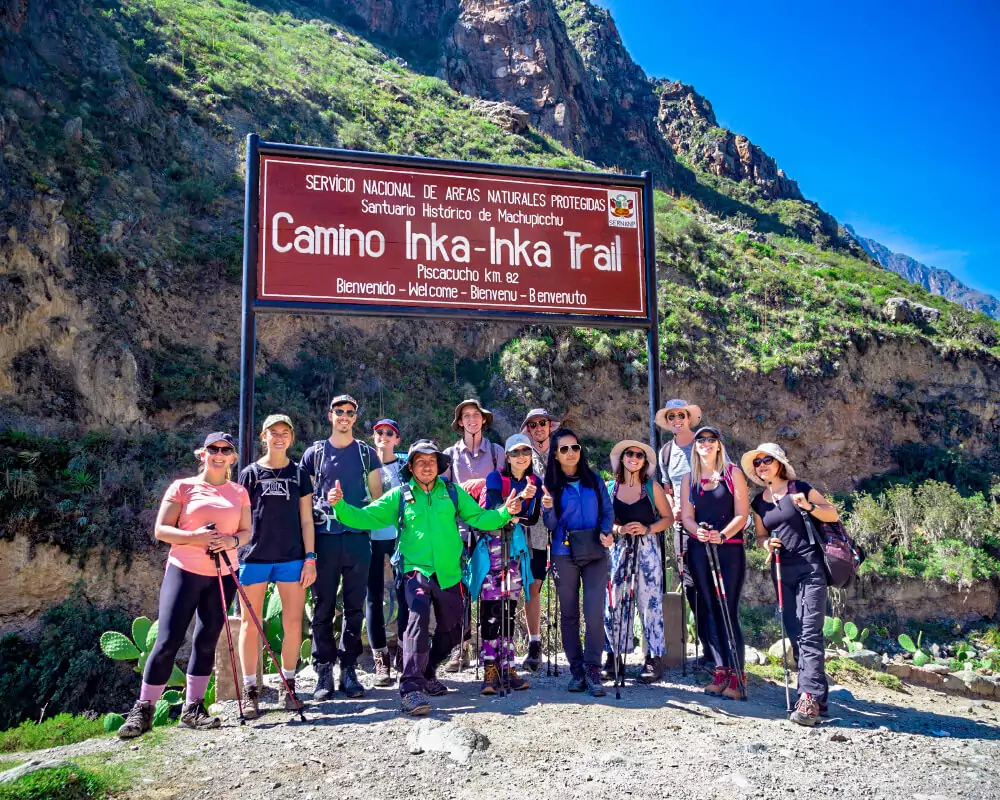
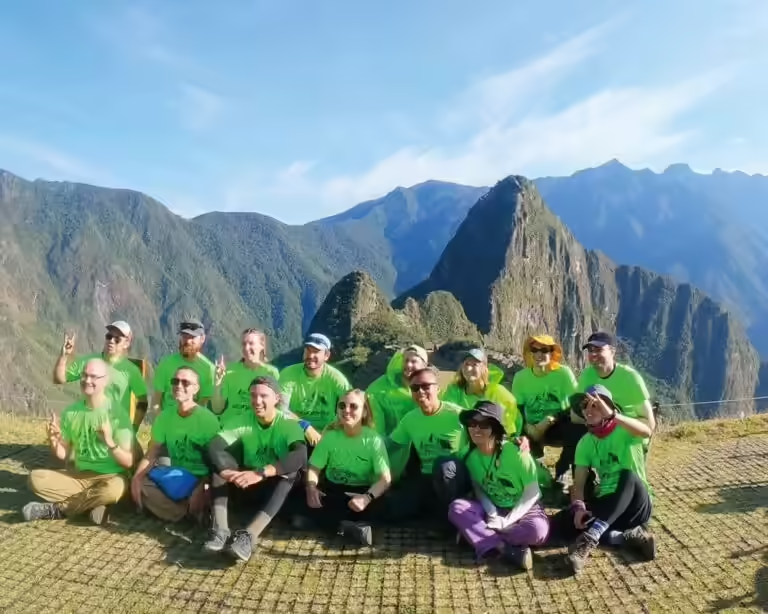
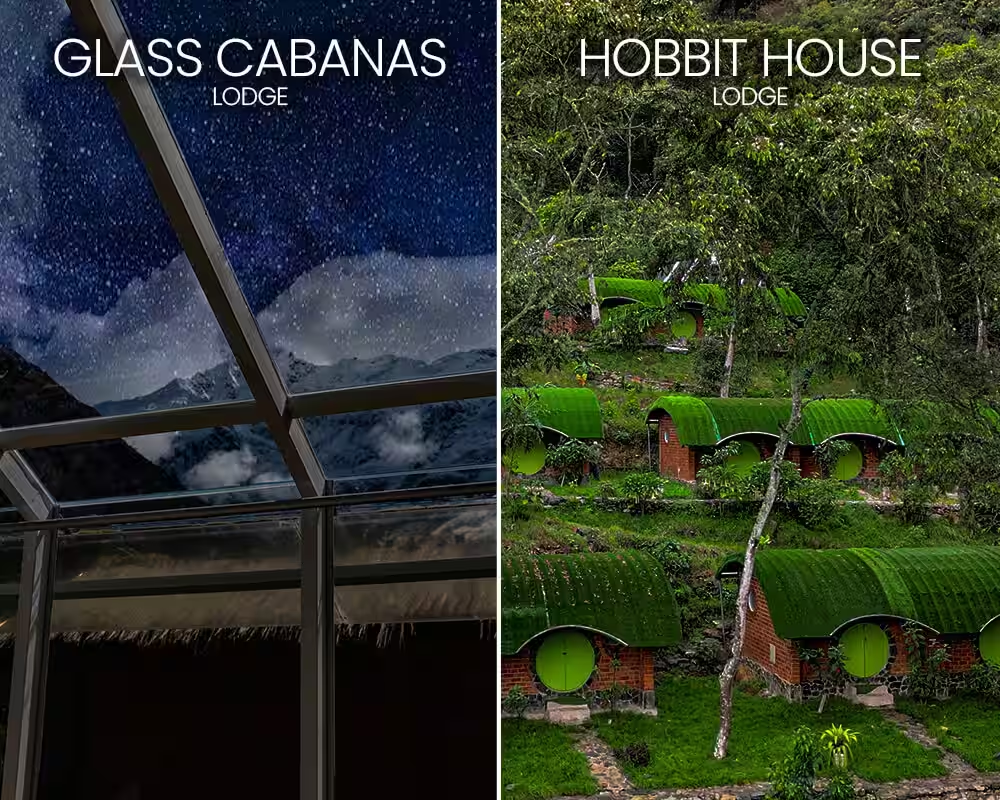




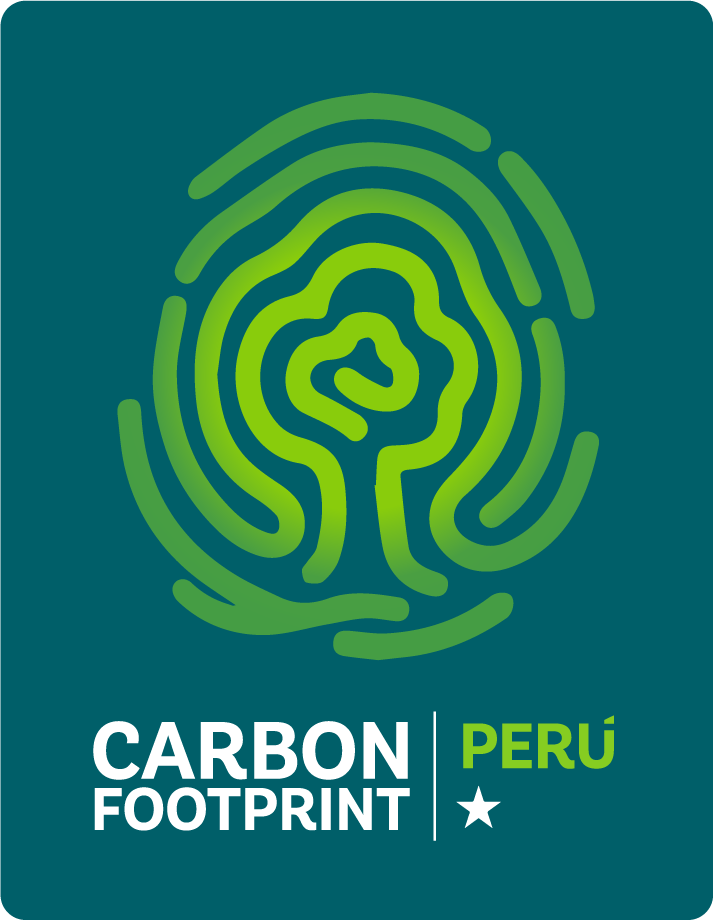




























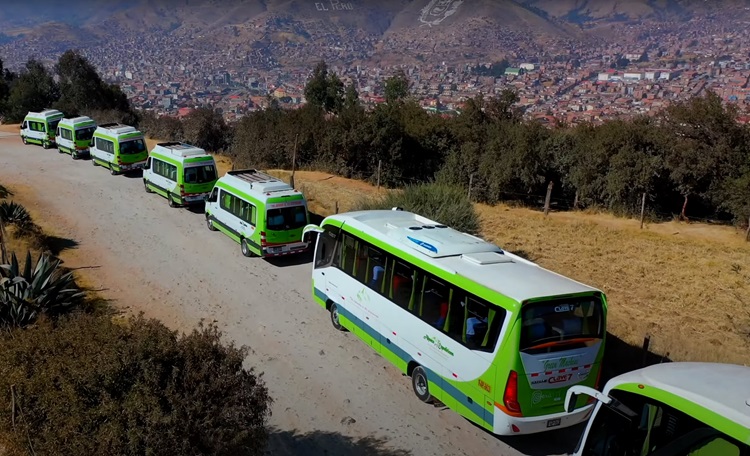
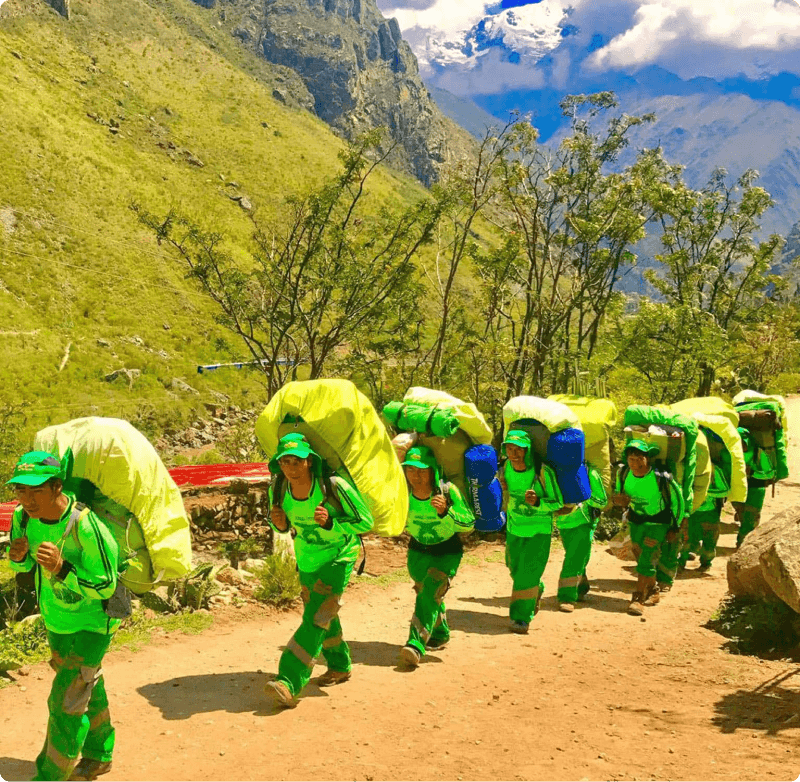 Porters will carry up to 7 kg of your personal items, which must include your sleeping bag and air mat (if you bring or rent one). From us, these two items weigh a combined total of 3.5 kg.
Porters will carry up to 7 kg of your personal items, which must include your sleeping bag and air mat (if you bring or rent one). From us, these two items weigh a combined total of 3.5 kg.